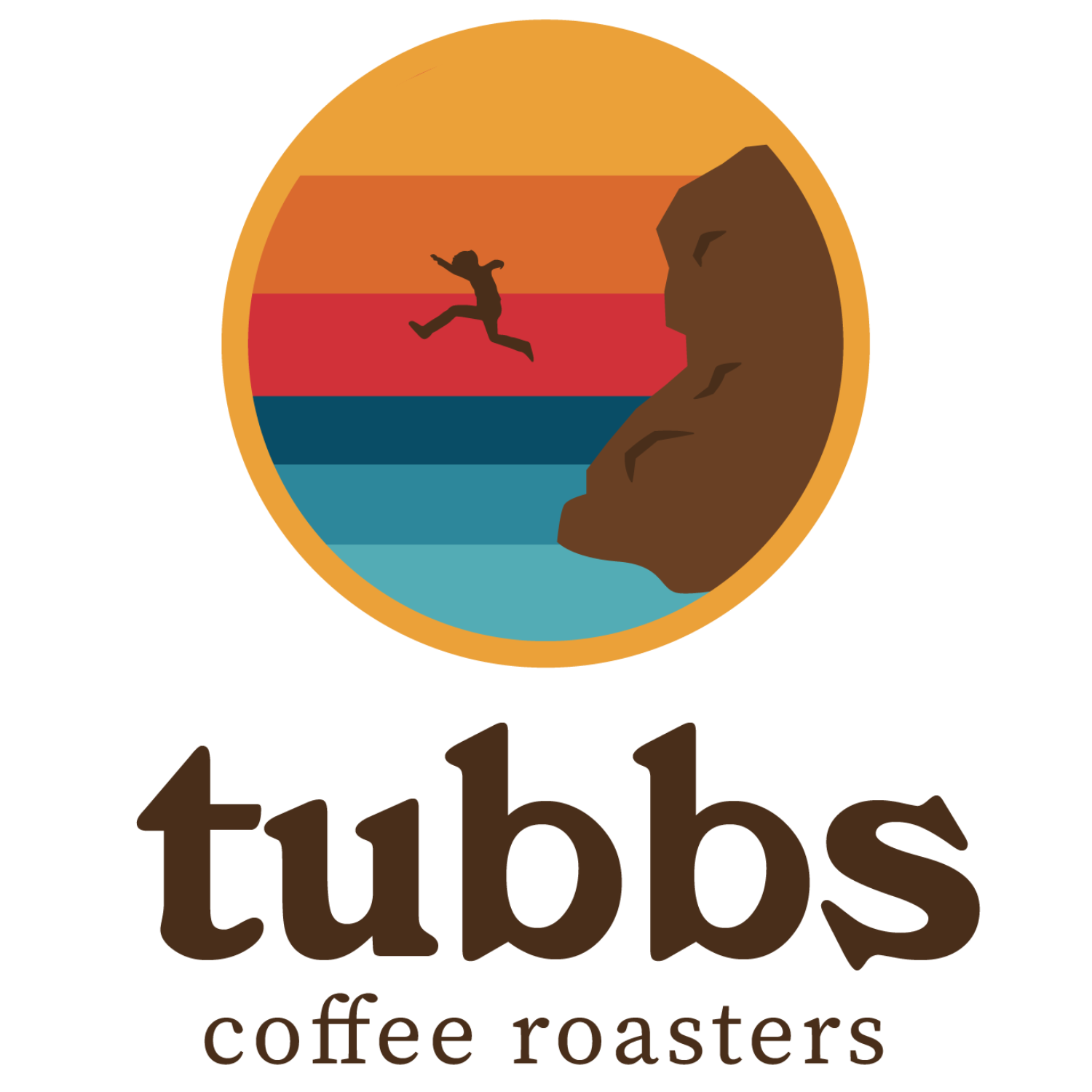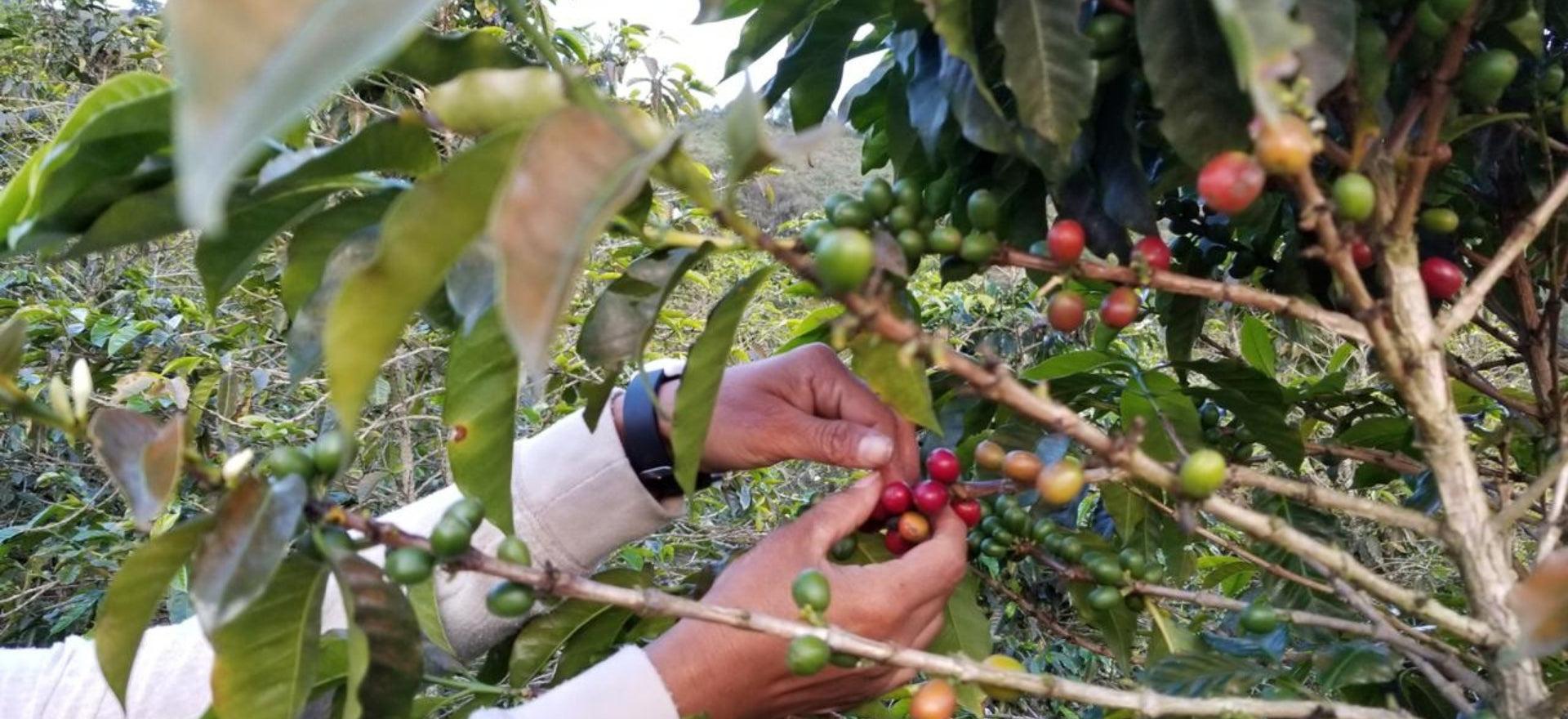glossary: roasting coffee
discover the art of coffee roasting at tubbs coffee roasters. explore our glossary to understand essential terms like drum roasting, fluid bed roaster, and the role of a coffee roaster. whether you're curious about drum roasters or different coffee roasting methods, our glossary provides clear, concise explanations to enhance your coffee journey.
AFTERBURNER/OXIDIZER
Equipment used to destroy impurities such as hazardous air pollutants (HAPs) and volatile organic compounds (VOCs) from the smoke resulting from coffee roasting. Afterburners may be catalytic or thermal, for example. Depending on local air quality standards, afterburners may be a requirement for roasting machines/businesses above a certain size.
BEAN PROBE
A probe measuring the bean temperature — that of the coffee in the roaster — usually positioned so that it is in constant contact with the bean mass.
BURNERS
The heat source on most drum roasters, which may be fueled by natural or propane gas, or alternatively may be electric. Burners may heat either the drum itself, the air before it flows through the drum, or both. Burners may be atmospheric, infrared, or powered, to name a few.
CENTRIFUGAL ROASTER
Using the principles of fluid bed roasters, centrifugal roasters mechanically and/or using airflow, create a centrifugal force and rotate the beans in a centrifuge, allowing more convection to take place per volume of roast.
CHAFF CAN / COLLECTOR
A collection chamber, usually positioned under a cyclone for the purpose of collecting chaff to be discarded. Regular emptying will prevent overfull chambers and/or embers from catching the chaff on fire.
CHIMNEY
Part of the stack visible on the roof/outside of the roasting facility.
COOLING TRAY
A usually perforated and open-air receptacle used to cool hot, finished roasted coffee down to ambient temperature. Coffee is evacuated into the cooling tray immediately after roasting, and is typically cooled by a fan (sometimes the same fan that powers airflow to the roaster) that draws air from the environment over the beans. Agitation via stirring arms can help cool the coffee evenly and more quickly.
CONTINUOUS ROASTER
An industrial-scale roaster type where green coffee enters the machine on one end and is conveyed to the other end where it exits as roasted product. A typical style of this machine includes a long drum with a screw-like mechanism down the center. Coffee is poured into the drum and the corkscrew moves the stream of coffee continuously through the drum until it is completed, expelled, and cooled. Temperature data is collected via PIDs and the machine adjusted automatically as the coffee roasts to ensure consistency of product.
CYCLONE
Multi-chamber compartment used to separate solids from circling air, often used in coffee roasting to rapidly siphon exhaust air from chaff and other heavy particulates. These chambers are usually located at the back of the machine and connect to the stack system above or chaff collection chamber below.
DAMPNER
Multi-chamber compartment used to separate solids from circling air, often used in coffee roasting to rapidly siphon exhaust air from chaff and other heavy particulates. These chambers are usually located at the back of the machine and connect to the stack system above or chaff collection chamber below.
DIRECT HEAT ROASTER
A roasting system in which the heat source of the roaster comes into direct contact with the beans as they are being roasted.
DRUM
The cylindrical roasting chamber that rotates on a central axle. Often used as a proxy / metonym for the roasting machine called a drum roaster. Variations include cast iron drums (or drums with cast iron components), stainless steel drums, perforated steel drums. Sometimes called a “barrel,” especially when referring to sample roasters.
DRUM GAP
An intentional, precisely aligned space left between the drum and the roaster’s faceplate. Drum misalignment may alter the spacing and prevent optimal machine operation and in worst case scenarios may lead to machine failure.
DRUM ROASTER
Usually cylindrical in shape, the drum roaster operates by tumbling coffee as it rotates along an axis. Heat is typically applied by gas-powered burners and hot airflow in a combination of conduction and convection heat. Paddles may be attached to the axle to encourage bean agitation.
DRUM SPEED
The rotation rate of a drum in a drum roaster, usually measured in revolutions per minute (RPMs). Drum roasters may employ either fixed or variable drum speeds. Drum speed contributes to centrifugal force, and may directly affect quality due to speeds at which beans spend too much time in contact with the metal drum, which can cause such issues as scorching, broken beans or undeveloped coffee, e.g.
ENVIRONMENTAL PROBE
A probe positioned to read the temperature of the air inside the roasting system, datapoints which may be used to improve repeatability and consistency from batch to batch. Similar to an exhaust probe.
EXHAUST PROBE
A probe positioned to read the temperature of the exhaust as it exits the roasting system. Can function in addition to or as an alternative to the environmental probe to provide temperature data use to improve repeatability and consistency from batch to batch.
FACEPLATE
The (usually metal) front of the coffee roaster covering the drum. It usually houses the drum door, the trier, the bean probe, sightglass, and lamp with a full-spectrum bulb.
FAN
An inclusive, if imprecise, name for any type of impeller, rotor, etc., which may move air. Roasters may employ many styles of fan to pull ambient air into the roaster creating airflow, through the cooling tray, and/or to expel exhaust from the roaster into the stack and out of the roast system.
FLUID BED ROASTER
A roaster that uses hot air to roast and agitate the coffee in the roasting chamber, with no revolving or rotating drum. A classic example might be the original Sivetz roaster, with more recent examples including the original Loring Smart Roast models such as the A15 and Ikawa sample roasters.
HOPPER
The green coffee holding compartment for storage immediately prior to releasing it into the roaster, usually positioned directly above the drum or roasting chamber.
INDIRECT HEAT ROASTER
A roasting system in which heat is applied to air moving through the system rather than directly to the system or coffee itself. Indirect heat roasters may derive their heat source from power burners, atmospheric burners, or electric heating elements and are usually reliant on fans to supply airflow.
INFRARED BURNER
A type of burner that supplies heat through infrared technology to the coffee roaster.
PADDLE / FIN
Attached either to the drum surface or central rotating axle at regular intervals, as well as to the cooling tray’s stirring arms, these specifically shaped pieces of metal agitate the beans in a regulated fashion and ensure even roasting or cooling by tumbling the beans consistently.
PROBE
An informal name for a measuring device positioned to read the temperature in the roaster. This can be an RTD or thermocouple, for example. Probe placement may be optimized for different applications.
RE-CIRCULATING AIR ROASTERS
These roasters recirculate a portion (the percentage depends on the machine and manufacturer) of the hot exhaust air back over the burner and into the drum/chamber during the roast process.
RETURN PROBE
A probe positioned to read the temperature of the air as it exits the roasting system in a Recirculating-Air Roaster. In this type of closed system, rather than taking a measurement of the temperature of exhaust, the hot air returns to a chamber where it is scrubbed and recirculated. Functionally, the return probe is analogous to the exhaust probe in its ability to provide temperature data used to improve repeatability and consistency from batch to batch.
ROASTER
The machine that roasts coffee and/or the person operating it. Also, a company that roasts coffee.
SAMPLE ROASTER
Small, often multi-barrel machines intended to produce enough roasted coffee to cup once or twice for quality evaluation (a common batch size be 100 grams), often in order to make purchasing decisions or for a quality control check on green coffee as it ages in storage, for example.
SIGHTGLASS
A window into the roasting chamber, used for visual assessment of the color of the roasted coffee or to observe the rate of drum revolution.
STIRRING ARMS / AGITATORS
Fins/paddles attached to a moving gear that stirs coffee in the cooling tray to help it spread, and thus cool evenly after roasting.
STACK
Large, hollow, central column through which non-combustible/microscopic particulates and/or smoke travel from the roaster and exit the building. Chimneys positioned directly above the roaster using a straight vertical stack provide fewer opportunities than angled stacks to accumulate creosote and other impurities, which may clog columns over time and increase the risk of fires.
TANGENTIAL ROASTER
This type of hybrid roaster has a stationary roasting drum. A system of fins/paddles rotates around a horizontal axis that runs down the center of the drum mixing coffee beans and hot air.
THERMOCOUPLE
An instrument that measures temperature, it consists of two wires of different metals connected at two points. This connection creates a voltage between the two junctions proportionate to the temperature difference. The measured difference is translated into a temperature reading. These instruments can be grounded and ungrounded. The two types used most usually in coffee roasting are the J type and K type (which has a higher temperature range and potentially longer lifespan).
TRYER
A handled sampling rod that reaches into the roasting chamber, usually cylindrical in shape and mounted on the faceplate of the roaster. It is used to remove a small sample of the roasted coffee at various points during the roast for visual and aromatic evaluation.

